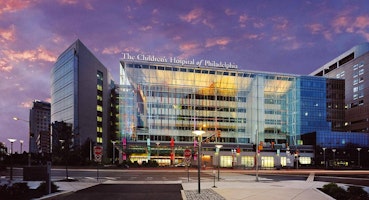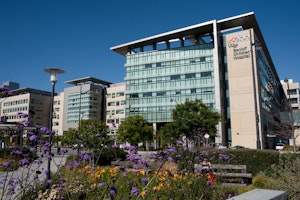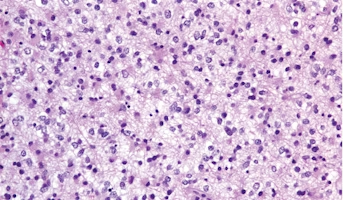Target Identification and Modeling of NF1-associated Low-grade Glioma
Email Principal Investigator

Michael J. Fisher
CBTN Specimen
CBTN Participants
Backer
Children's Tumor Foundation
Completed
About this
Project
Neurofibromatosis type 1 (NF1) is a genetic disorder that affects multiple systems in the body. Low grade gliomas (LGG) develop in ~20% of children with NF1, occurring most commonly within the optic pathway (optic pathway glioma; OPG). The identification of prognostic factors to identify tumors that are likely to require intervention is crucial in minimizing the fatality of these tumors. Prognostic factors are measurements or markers that can be used to estimate the chance of recovery from disease or the chance of that disease recurring. The current standard of care therapies for symptomatic NF1-LGG involve the use of drugs such as carboplatin, vincristine, and vinblastine. These drugs can also damage dividing cells in zones critical for normal brain development in children. Because of this fact, there is a pressing need to identify molecular risk factors and treatments targeted to NF1-LGG. Progress in this area has been hampered by the rarity of samples usable for this work. Fortunately, the Children’s Brain Tumor Network will provide researchers with the high-quality tumor specimens needed to complete this line of research. In order to accelerate progress this project has a team of researchers with broad expertise applicable to the study of NF1-LGG.
Ask The
Scientists
What are the goals of this project?
Researchers seek to identify risk factors, biomarkers and targets associated with NF1-LGGs as well as identifying possible therapeutic targets.
What is the impact of this project?
This research will accelerate the understanding of NF1-LGGs and possibly lead to advancements in diagnostics, prognostics, and treatment of this disease.
Why is the CBTN request important to this project?
Access to rare, high quality specimens provided by the Children’s Brain Tumor Network allows researchers to carry out this research.
Specimen Data
The Children's Brain Tumor Network contributed to this project by providing germline and tumor DNA and tumor RNA.
Meet The
Team
William A. Weiss
David T. Jones

Philadelphia, PA, USA

San Francisco and Oakland, CA, USA

Chicago, Illinois, USA

Philadelphia, PA, USA

Heidelberg, Germany

1959 NE Pacific St, Seattle, WA 98195

St. Louis, Missouri, USA
Institutions

Primary
Operations Center

Children’s Hospital of Philadelphia
Joined onOperations Center for the Children’s Brain Tumor Tissue Consortium, the Children’s Hospital of Philadelphia (CHOP) is currently ranked 1st nationally for their Pediatric Cancer Program by U.S. News & World Report. CHOP’s Biobank is home to the CBTTC’s pediatric brain and CNS tumor biorepository; the

Primary

UCSF Benioff Children's Hospital
Joined onThe Pediatric Brain Tumor Center at UCSF Benioff Children’s Hospital, with campuses in San Francisco and Oakland, harnesses the power of world-class experts from all disciplines related to child brain health, including neurology, neurosurgery, neurocritical care, neurogenetics, neuro-oncology, rehab

Primary

Ann & Robert H. Lurie Children’s Hospital of Chicago
Joined onAnn & Robert H. Lurie Children’s Hospital of Chicago treats 220 new patients each year with pediatric cancers. The hospital is ranked 17th in the nation for their pediatric oncology program and 11th for their neurology and neurosurgery program by U.S. News & World Report.Established in 1986, the Lur

Hopp Children's Cancer Center


University of Washington

Satellite
Onboarding
St. Louis Children's Hospital
Joined onFounded in 1879, St. Louis Children’s Hospital (SLCH) is at the forefront of pediatric medicine, providing care for children around the world. As the pediatric teaching hospital for Washington University School of Medicine (WUSM), SLCH offers nationally recognized programs for training and research.
